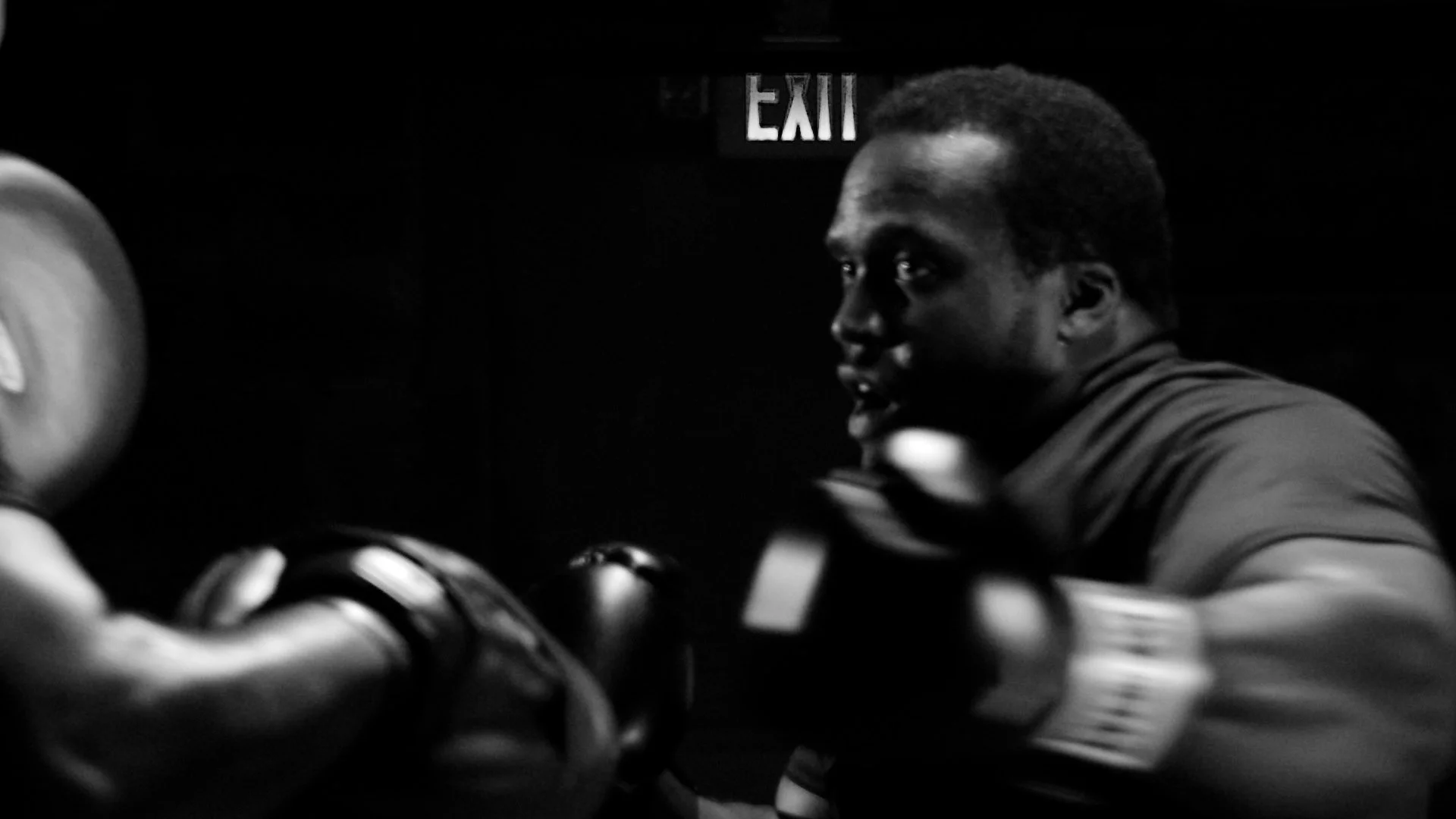The six essential punches
Anyone just starting out boxing should remember that a powerful boxing prowess comes down to learning the six basic boxing punches.
These foundational moves are broken down into an easy punch number system that is at the core of all boxing punches and combinations.
1 = The Jab
2 = The Cross
3 = The FRONT Hook
4 = The Rear Hook
5 = The FRONT Uppercut
6 = The Rear Uppercut
WHAT ARE DIFFERENT TYPES OF PUNCHES?
Although there are six (punches in the punch count number system, they can also be broken down further into four main types of boxing punches.
These four types of punches are:
1) Jab
2) Cross
3) Hook
4) Uppercut
The six-punch number system incorporates these main types of punches thrown, plus variations based on the right and the left hands, which require slightly different positioning.
HOW ARE PUNCHES NUMBERED?
The way these punches are numbered is by design. There is a formula to boxing punch numbers 1-6 that not only makes them easier to remember, but also helps create winning punch combinations.
This punch number system is based on an Orthodox boxing stance and is broken down like this:
All even-numbered punches are right-hand punches
All odd-numbered punches are left-hand punches
Boxing workouts often use punch combinations using the punch count numbers to identify drills. Here are a few of the basic combinations using the numbering system:
1 - 2 = Jab – Cross
3 - 4 = front Hook – Rear Hook
5 - 6 = front Uppercut – Rear Uppercut
Beginners should memorize these numbers and be comfortable with these punch combinations as they will be used frequently throughout boxing training and boxing drills. Boxing punch numbers make it easy for trainers to call out combinations during a workout.
HOW DO YOU DO BASIC PUNCHES IN BOXING?
Armed with a better idea of how this punch number system is designed, it’s time to get started learning the moves.
The Jab or 1
1 = THE JAB
Assume fighting stance with your fists in guard position.
Extend your lead arm straight ahead, keeping your fist in line with its starting point. Take a step with your front foot but keep your weight evenly distributed between both feet.
Retract your fist quickly back to your face. Bring your foot back as well.
The jab is meant to be more of a rapid movement than a powerful one, so keep this in mind as you practice
The Cross or 2
2 = THE CROSS
Assume the same fighting stance with fists in guard position.
You will pivot on your back foot as you rotate your hips forward, angling your body towards the front.
As you pivot and rotate, extend your rear arm forward using your hips as the source of your power.
Rotate your body back to fighting stance and return your rear hand to guard position.
THe Front Hook or 3
3 = THE front HOOK
Start in your fighting stance with fists in guard position.
Rotate your body into a forward position to transfer your weight on your lead leg.
Bring your lead arm up to shoulder-height with your elbow bent at a 90-degree angle.
Pivot on your lead leg while rotating your body to follow your fist. transfer Your weight to your back leg as the punch hits. THe Power comes from the hips.
Your arm will remain bent at the elbow at a roughly 90-degree angle and your elbow should end up almost in front of your face as you follow-through.
Note: This can be one of the trickier (but most powerful) punches to throw, so don’t get discouraged if it feels awkward at first!
The Rear Hook or 4
4 = THE REAR HOOK
Start in your fighting stance with fists in guard position.
Bring your rear arm to shoulder height with your elbow bent at a 90-degree angle.
Pivot on your rear foot while rotating your hips and body. Shift your body weight to your front foot and use the hips to throw the punch.
Again, your elbow will remain bent and should be almost in front of your face as you deliver your hook punch.
The Front Uppercut or 5
5 = THE front UPPERCUT
Assume fighting stance with fists in guard position.
Bend your knees into a low squat.
Drop your front arm to a 90-degree angle from your body.
Using the power from your legs and body, drive your fist upwards into a punch keeping your elbow bent.
THe Rear Uppercut or 6
6 = THE REAR UPPERCUT
Assume fighting stance with fists in guard position.
Bend your knees into a low squat.
Drop your rear arm to a 90-degree angle from your body.
Like the cross and rear hook, pivot on your back foot and rotate your hips and body as you drive your fist upwards for the punch, keeping your elbow bent.
These six punches represent the groundwork behind every great boxer and are fundamental parts of every great boxing match.
Learning the six basic punches is the foundation of becoming an experienced boxer. Some of these punches and punch combinations may feel more natural than others at first, but beginners will get comfortable with practice. All boxers have their favorites and start to create their own go-to combinations. The important thing is to get comfortable using all the tools in your arsenal to really excel!







